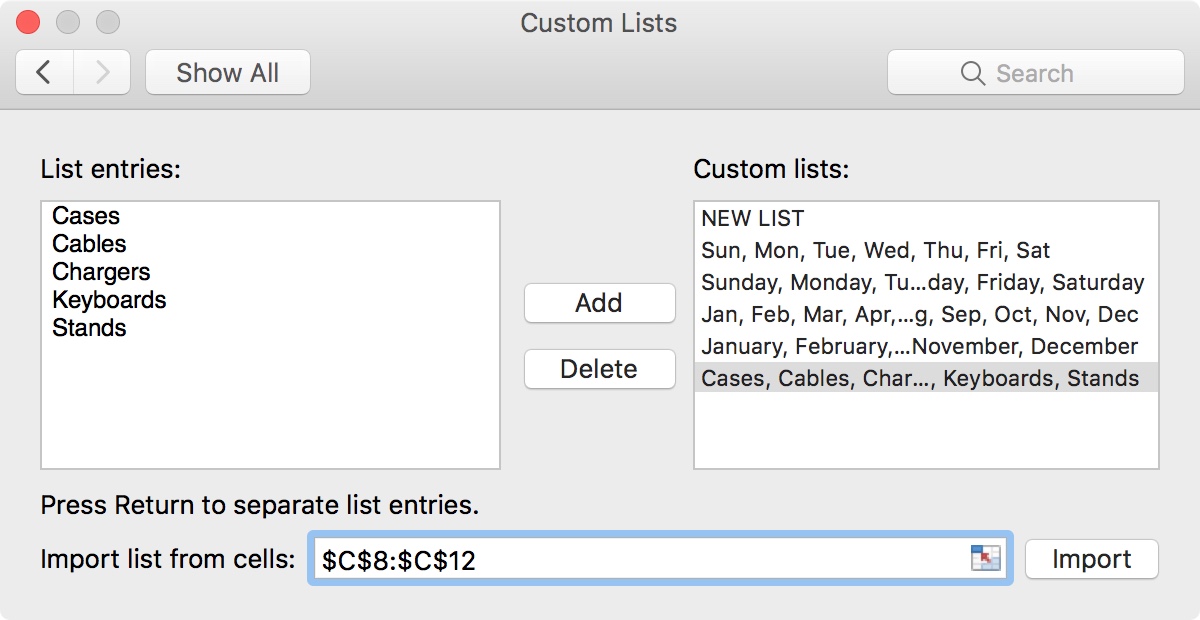

The correct way to calculate this is by taking 30/5 (which is 6) and multiplying it by 3 (to get 18). Here’s an example of the proper and improper use of the order of operations in a simple math problem:
Parentheses calculations are performed first. It will calculate each monthly principal and interest cost through the final payment. Just enter the loan amount, interest rate, loan duration, and start date into the Excel loan calculator. Know at a glance your balance and interest payments on any loan with this simple loan calculator in Excel. When nesting calculations, remember the order of operations to know how everything will be calculated: Simple loan calculator and amortization table. 
Since we’re subtracting the sum from 40, we put 40 first like a regular math problem, and then subtract from it the total sum. In this example, =40-(sum(J3:P3)), we’re determining how many hours are left out of 40 when the sum of J3 through P3 is calculated. Here’s another example, where all the multiplication is nested in their own sections so that they’re done together, and then those individuals answers are added together: =(J5*31)+(J6*30)+(J7*50). Since we need the addition to be performed first, we write it first in the formula. This takes the sum of B8 and B9 and then takes that answer divided by 60. Now that we have a formula that will automatically calculate these amounts, we can drag the formula down the spreadsheet to prepare for any entries we make in the expense or deposit column.įor example, when division and addition is used together, it might be formatted as =sum(B8:B9)/60.

If you omit this, then every cell that uses the formula but doesn’t have something to calculate, will show #N/A, which doesn’t look very nice.
TRUE,””: This is a placeholder that will mark the cell with nothing unless there’s something to calculate. C4+B5: If there’s a deposit, then add it to the balance to calculate the new balance. B5>0: This is the other ‘if’ statement that asks whether the deposit field is filled out. C4-A5: This is what happens if there’s a value in A5 we’ll take the balance minus the value in A5. Excel for Office 365, Excel 2019, Excel 2016, Excel 2013, Excel 2011 for Mac, Excel 2010, Excel 2007, Excel 2003, Excel XP, Excel 2000 Type of Function. A5>0: This is the first if statement that says if A5 is greater than 0 (i.e., if there’s a value there at all), then do the following…. We want one formula to run if the expense is filled out (this would be subtraction like shown above) and a different one (addition) if the deposit if entered. Automatically sync fee credits, and refunds into the system for future payments. The ifs part is simply saying that we’re wanting to match more than one “if” because we don’t know if the expense or the deposit will be filled out.







 0 kommentar(er)
0 kommentar(er)
